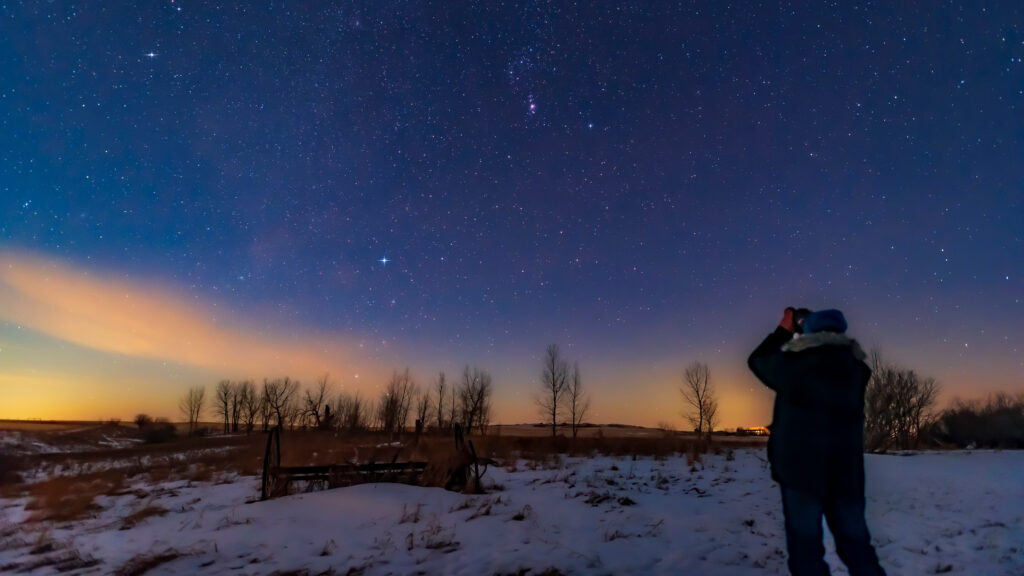On a clear night, the sky looks like a blanket of stars, but there is no blanket — just depth. You can see the bright stars and constellations with your naked eyes, and get a close-up of planets and nebulas with a telescope. In between, there exists a spectacular layer of objects that only binoculars can get you the best views of — from open clusters and small constellations to starfields and conjunctions.
The best stargazing binoculars are essential if you’re to properly progress as a skywatcher, with the best specs including 8×42, 7×50 and 10×50, all of which will give you a great view.
Here’s what to look at in a pair of binoculars from the Northern Hemisphere this August, September and October.
9 best things to see with binoculars between August to November 2025
The Summer Triangle and the Milky Way

If you’re under dark skies this summer in the Northern Hemisphere, you can’t miss the Milky Way streaming towards the southern horizon through the vast Summer triangle of three bright stars — Vega in the constellation Lyra, Deneb in Cygnus and Altair in Aquila. Even if light pollution hides the arc of the galaxy from you, you can still see rich starfields and nebula just by dragging your binoculars across the Summer Triangle, particularly between Deneb at the top-left and Altair closer to the horizon.
A ‘double planet’

This one requires an early start, but one of the closest planetary conjunctions has got to be worth it. About 45 minutes before sunrise on Aug. 12, 2025, in the eastern sky, Venus and Jupiter, the two planets — one inner and one outer — will appear to be less than a degree apart. Venus doesn’t look much in binoculars, thanks to its highly reflective global clouds. However, put any binoculars on Jupiter and you’ll see some of its four largest moons — Io, Europa, Ganymede and Callisto. This sight of a “double planet” comes the morning before the night of the annual peak of the Perseids meteor shower. However, with a bright waxing gibbous moon, there’s little chance of seeing many.
The Coathanger
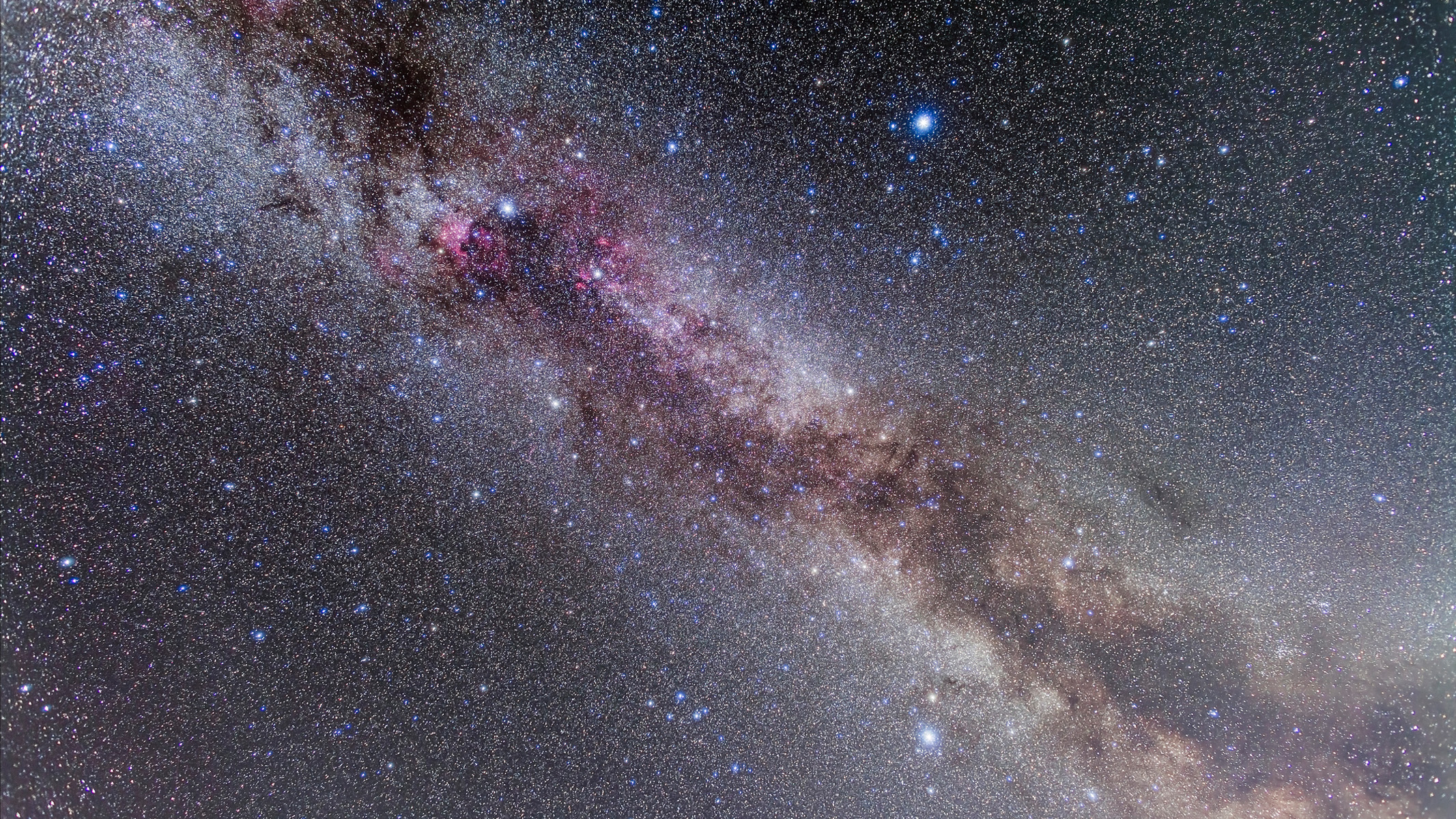
The Milky Way might stream through the Summer Triangle from Deneb to Altair, but go from Altair up to Vega, and you’ll see something a lot more subtle in a pair of binoculars. The Coathanger, also called Brocchi’s Cluster, is a small but obvious pattern of 10 stars in the shape of the household object. It’s easy to find, thanks to its placement against a relatively empty patch of the night sky.
The Arrow
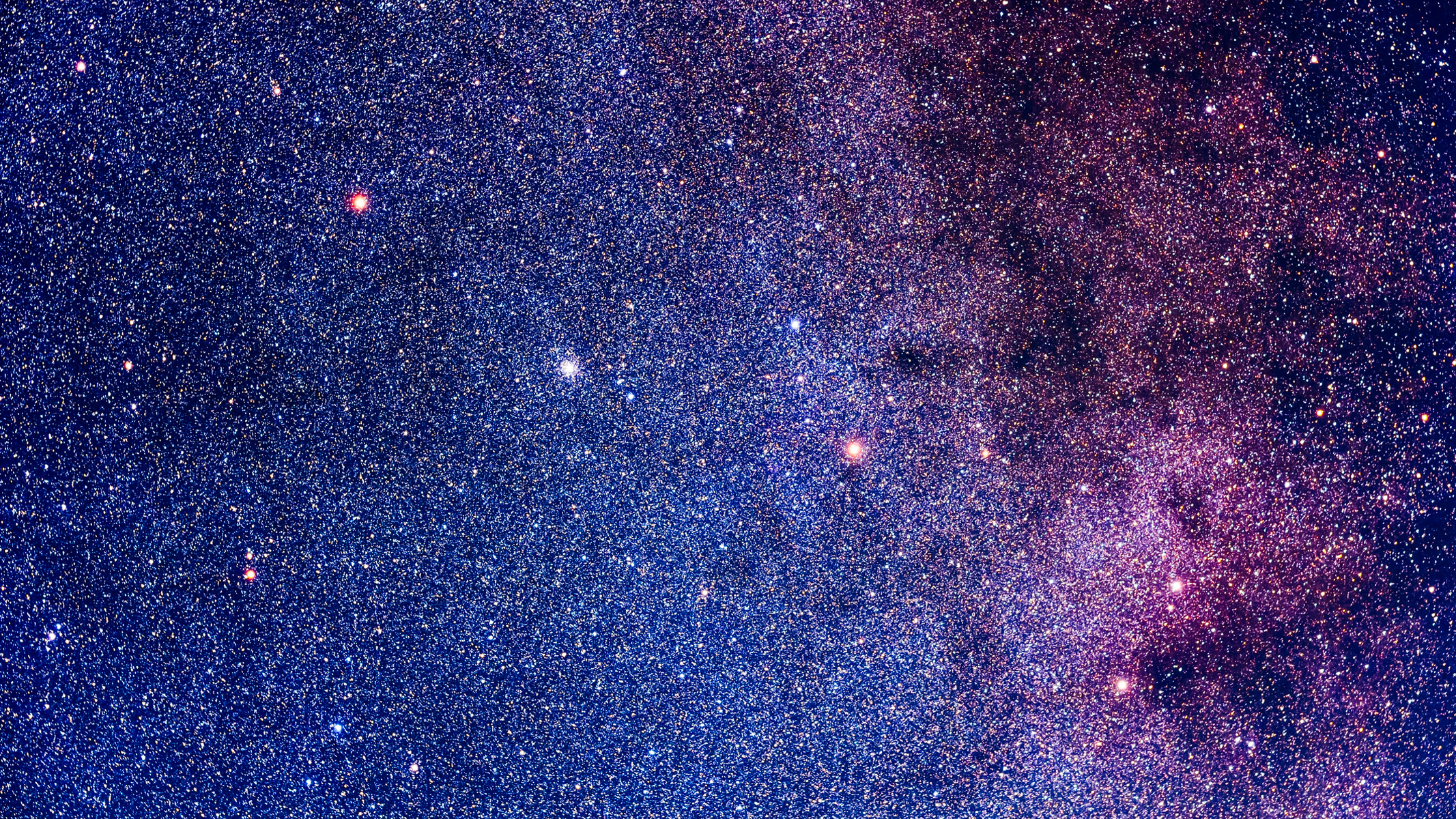
It may be one of the smallest of the 88 official constellations in the night sky, but Sagitta, “The Arrow,” is a must-see for binocular observers. Not to be confused with the much more prominent Sagittarius, Sagitta is a simple pattern of four stars. It’s found close to the constellation Aquila; locate the bright star Altair in the Summer Triangle and look slightly above it.
The Dolphin

Here’s another small asterism close to the Summer Triangle that few know, but once you’ve explored it with your binoculars, you’ll forever see it with your naked eyes. The core of Delphinus, “The Dolphin,” is a diamond shape of four stars, but the marine animal quickly reveals itself. Altair in Aquila is once again the starting point; sweep your binoculars away from the Summer Triangle towards the Great Square of Pegasus, an unmissable shape of four bright stars. Delphinus is about halfway between the two.
Rise of A Full Moon
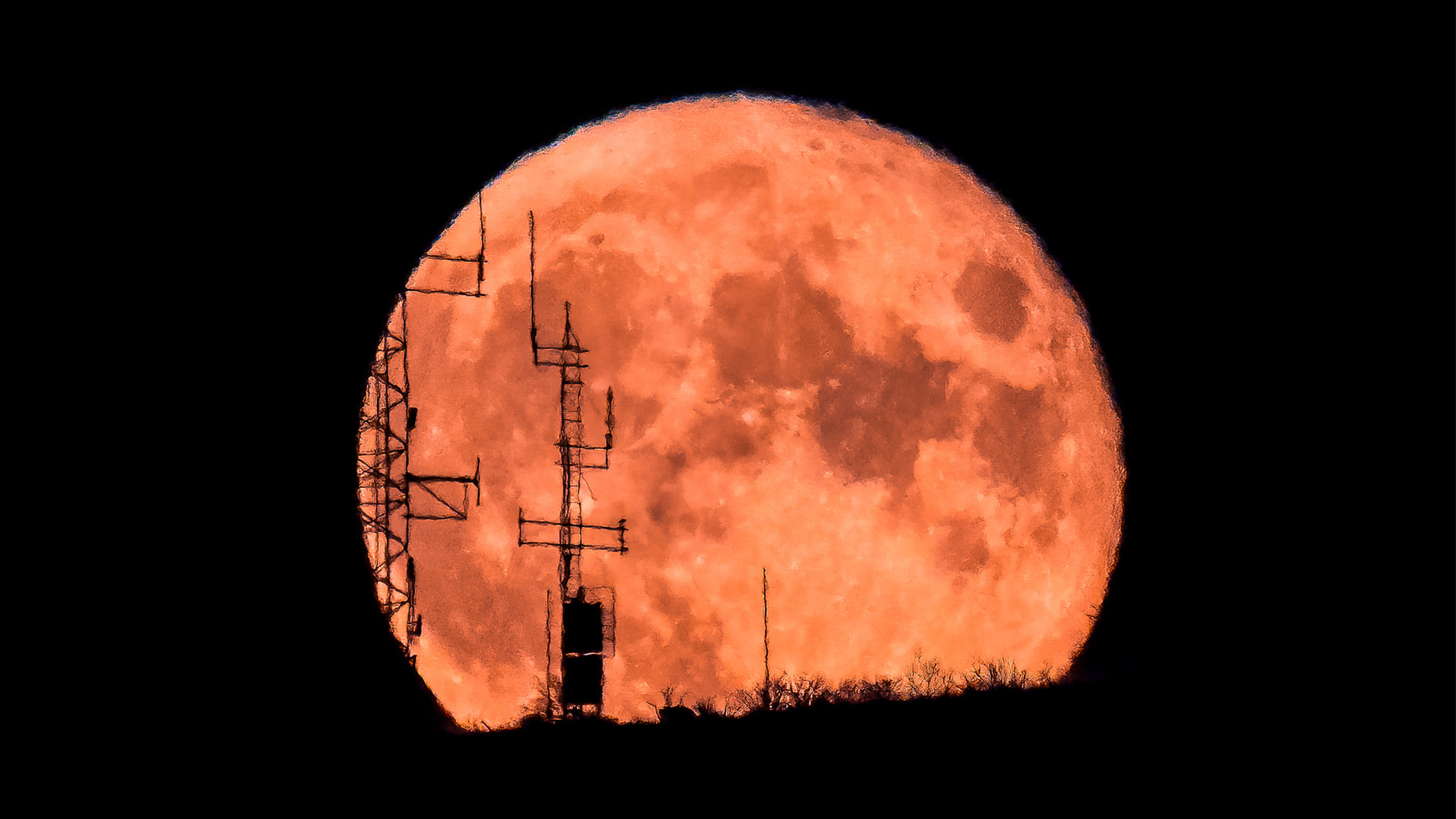
The sight of a full moon rising above the eastern horizon during dusk is a monthly highlight for sky-watchers with a pair of binoculars. On Saturday, Aug. 9 (Sturgeon Moon), Sunday, Sept. 7 (Corn Moon) and Tuesday, Oct. 7 (Hunter’s supermoon), research the exact time of moonrise for your location and be looking east a few minutes after. Be patient — it will appear — but it may take a touch longer if you have anything but an ocean horizon. It’s important to catch it at moonrise to see it glow a beautiful orange color.
The Summer Beehive Cluster
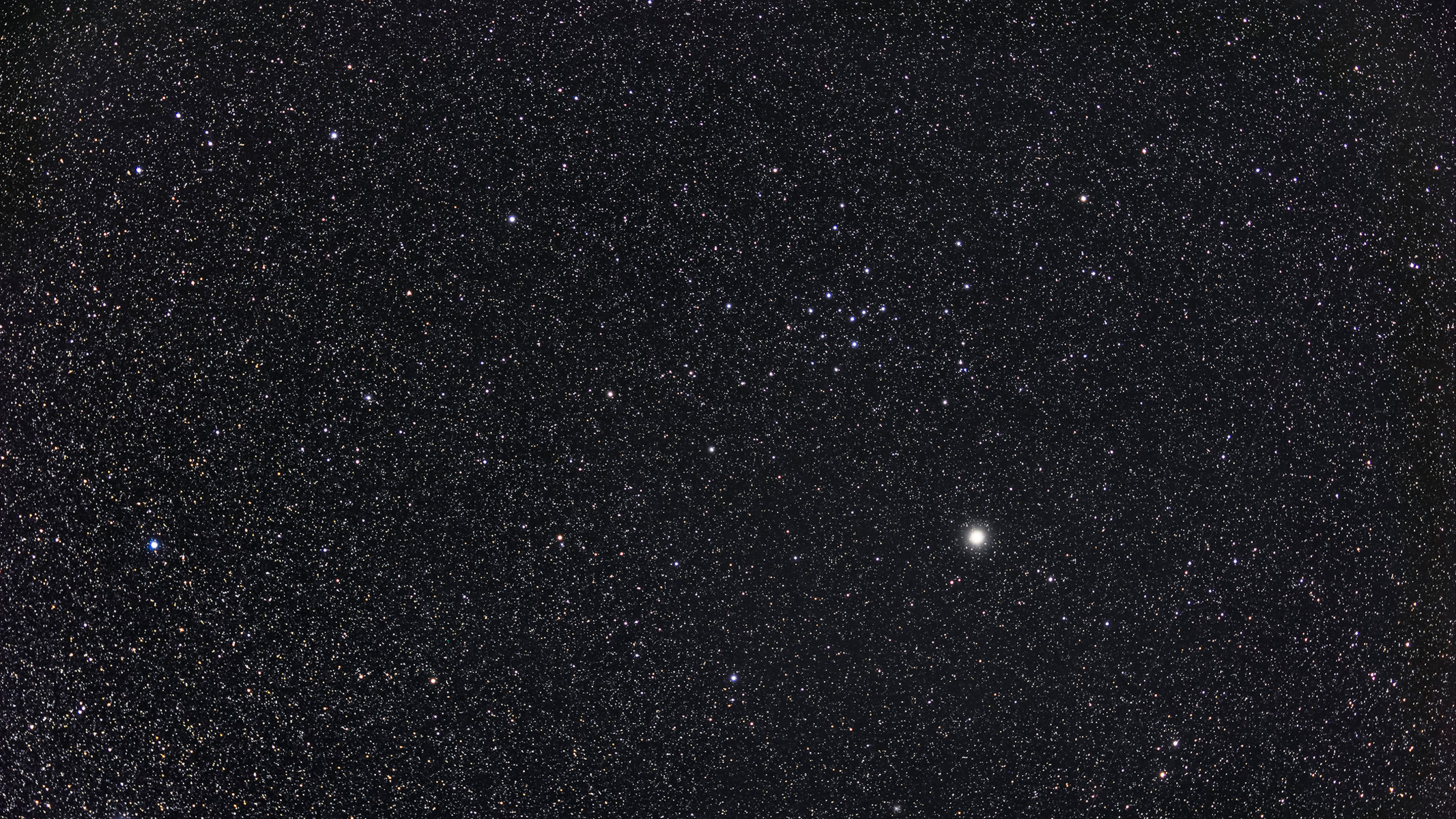
The Beehive Cluster (M44) is a fixture for binocular stargazers each spring in the Northern Hemisphere, but summer’s version rarely gets as much love despite being perfect for beginners. Also called IC 4665, it’s an open star cluster in the vast constellation Ophiuchus — close to the Summer Triangle — about 1,400 light years distant. It’s just north of the star Beta Ophiuchi and looks like a loose collection of about 30 stars in binoculars — much like M44.
Andromeda Galaxy
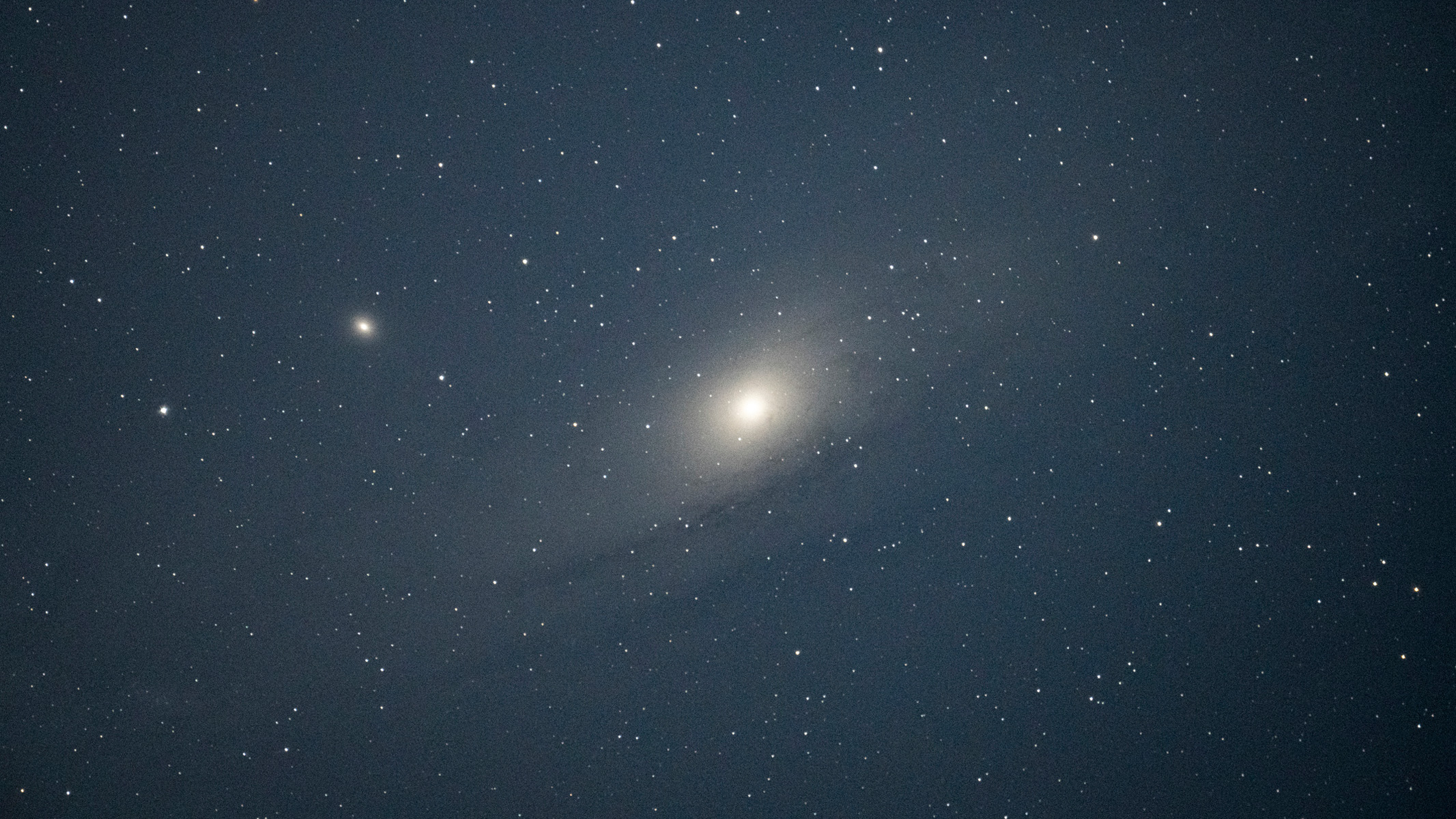
At 2.5 million light-years distant, the Andromeda Galaxy (M31) is the farthest object it’s possible to see with the naked eye. For that, an incredibly dark sky is required, while binoculars will give you a close-up, whatever your light pollution status. But finding it — particularly from a city — requires knowing where it is. Find the W-shaped constellation of Cassiopeia and identify the second V-shape. That’s your arrow to a bright star called Alpheratz at the corner of the “Great Square” of Pegasus. Rising in the southeast. M31 is about halfway between Cassiopeia and Alpheratz.
What you’ll see directly is a fuzzy blob of light. However, look just to its side and your peripheral vision will detect much more light coming from its nucleus across interstellar space — and into your eyes.
The Alpha Persei Moving Cluster
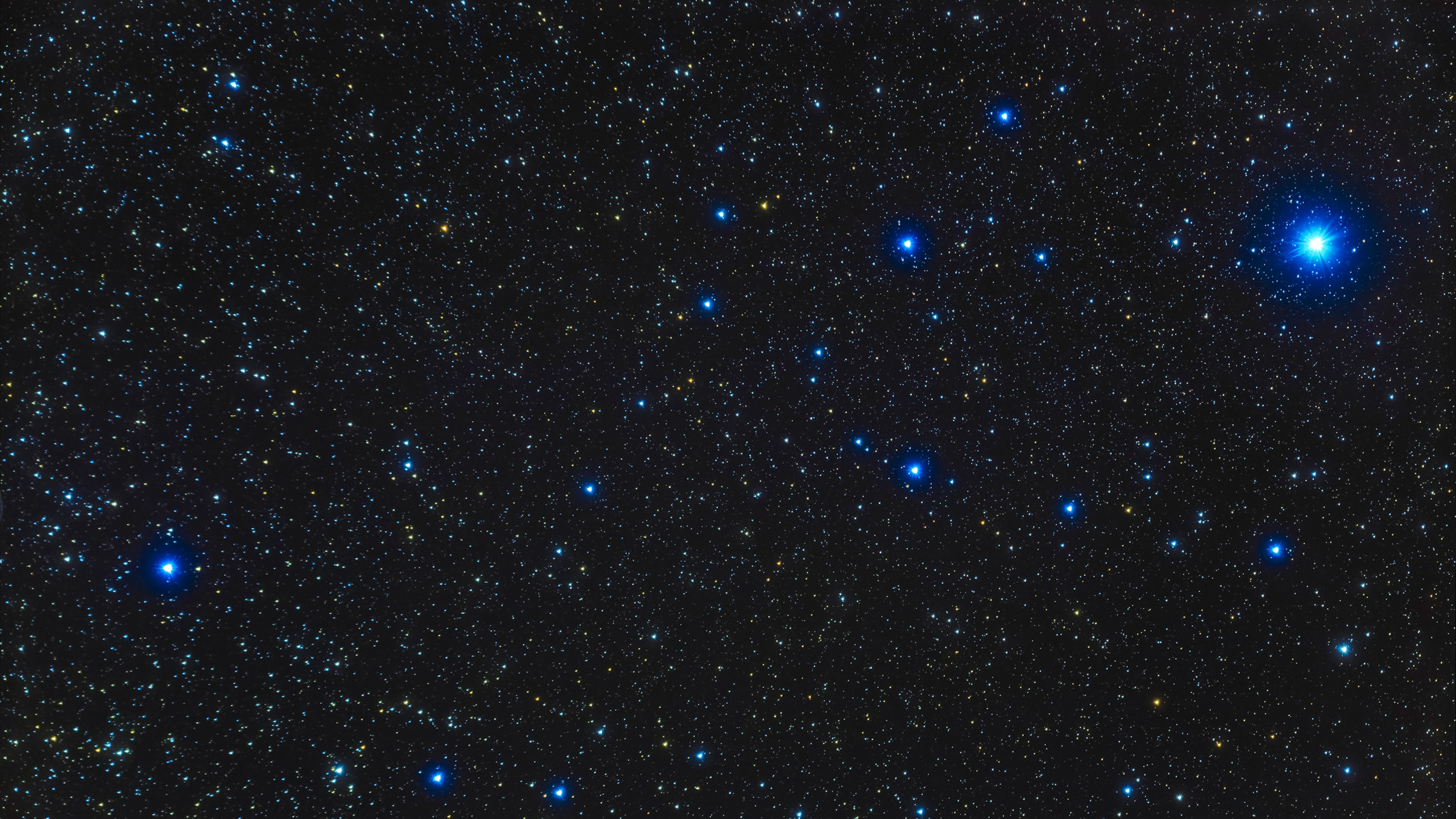
Binoculars will only restrict your view of “shooting stars” during the peak of the Perseid meteor shower on Aug. 12-13, but if you do have some to hand, take a closer look at the radiant constellation, Perseus. Focus on what’s around bright star Mirfak, dozens of young blue (and the occasional yellow) stars in a cluster called Melotte 20 or the Alpha Persei Moving Cluster. The latter name comes from the fact that these stars formed in the same nebula and are moving together through the Milky Way. You fit the entire cluster within the field of view of a pair of 10×50 binoculars.
